2018-04-26T10:01:00
(BPT) – When it comes to DIY, some projects are about function, others about flair. And then there are those projects that do it all, like the perfect raised garden bed. Whether you want to get back to nature or add a signature piece to your outdoor space, this project delivers. Plus, it’s easy to do yourself, saving you time and money so you can focus on enjoying the season.
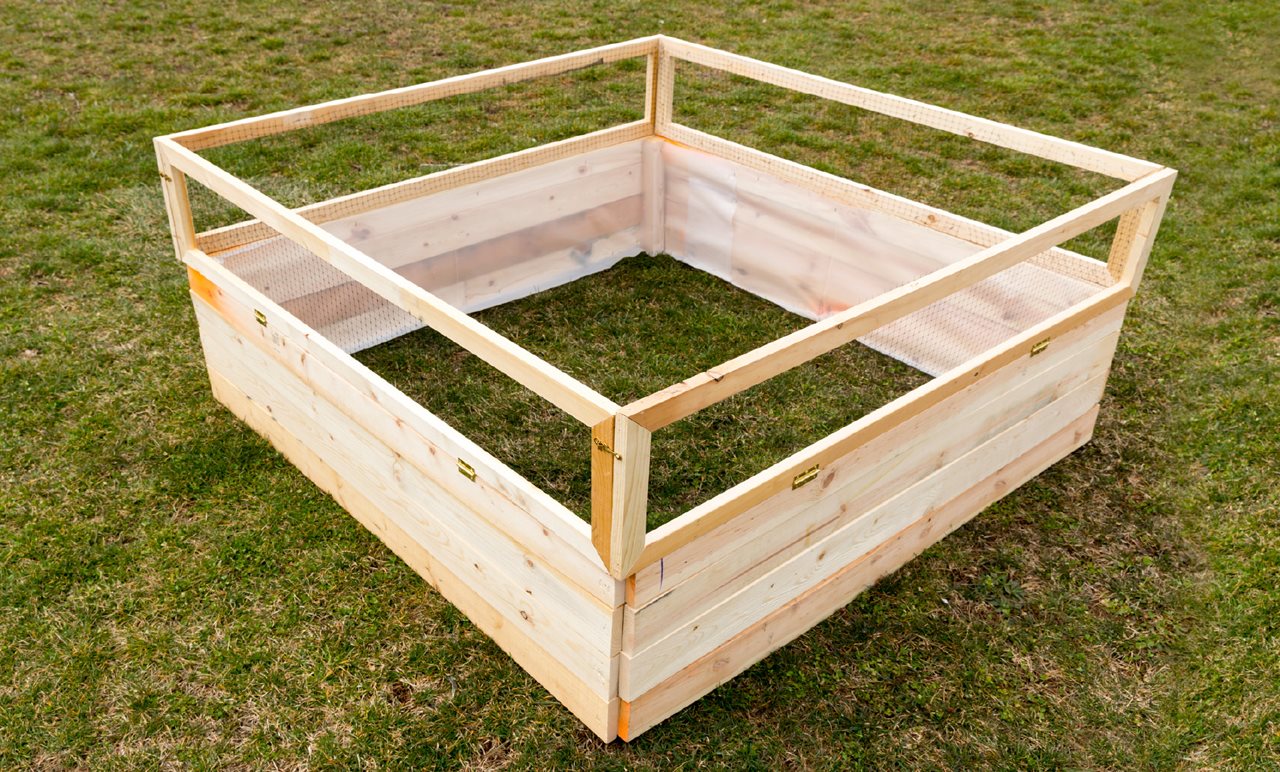
Adding this attention grabber to your outdoor space is easier than you think. Use these instructions to build a 4-foot-by-4-foot-by-2-foot bed and get ready for the planting season. Remember, the directions can be altered to a size that better fits your garden.
1. Assemble your materials

The right tools make any job so much easier, so before you start your project make sure you have everything you need. For this project you will need a T50 Heavy Duty Staple Gun, a PT18G Pneumatic Brad Nailer, Arrow T50 Staples and some Arrow Brad Nails. You’ll also need a few other pieces you can find here.
2. Building the base
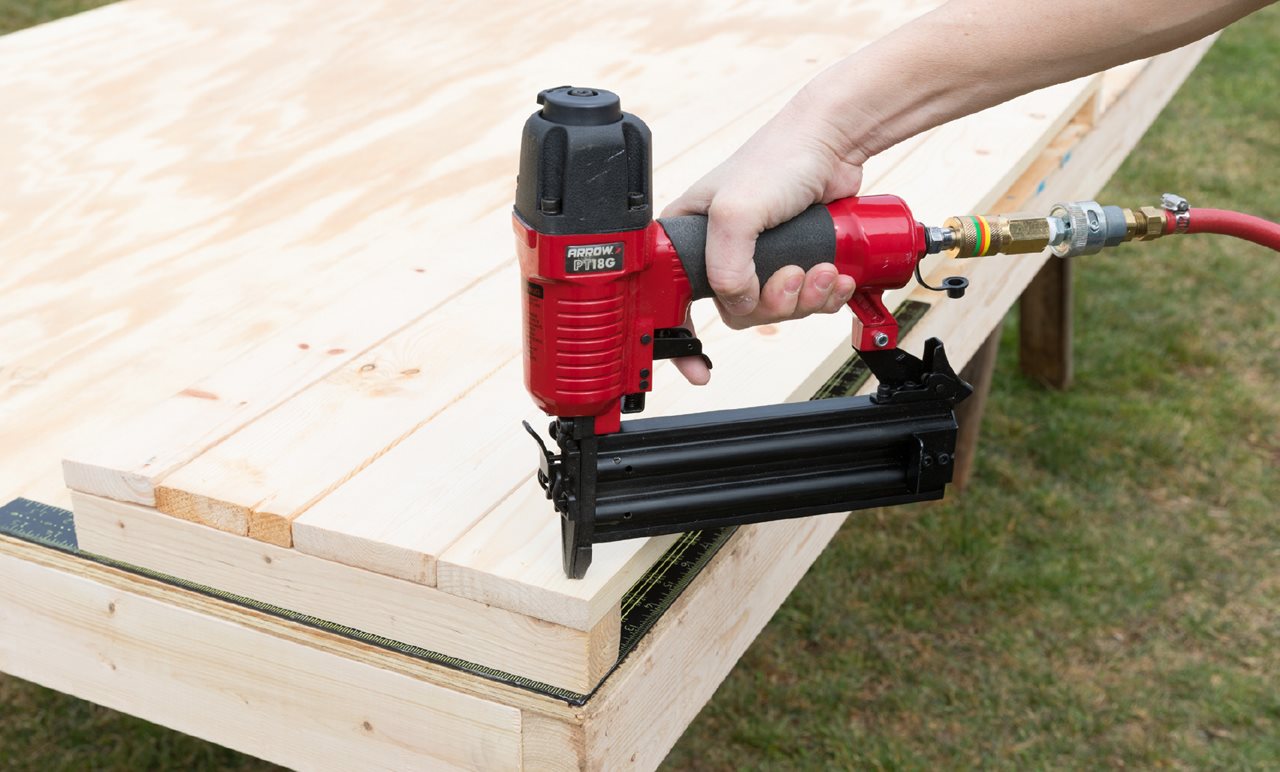
Place the square on a corner of your work table. Set two corner posts on the table with one on the square. Next, place four bed sides on top of the two corner posts and align them with the edge of the square. Use the Arrow PT18G Pneumatic Brad Nailer and 2-inch Arrow Brad Nails to secure the bed sides to the corner posts. Repeat the process one more time.
3. Secure the sides
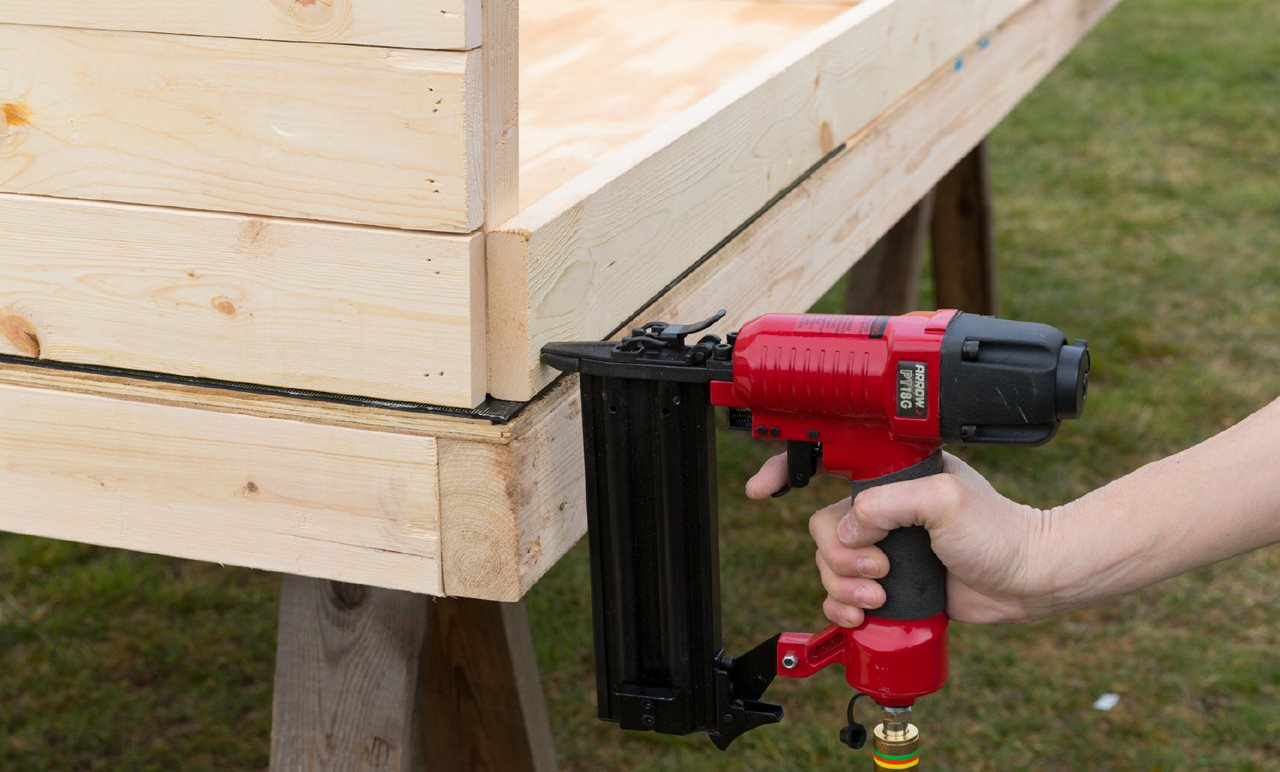
Now place one assembled side upright on the table. Secure the next four bed sides, one by one, starting at the bottom with brad nails. Repeat on the opposite side of the assembled piece with four more bed sides. Take the remaining assembled side and secure it with brad nails to complete the four sides of the garden bed.
4. Applying the mesh
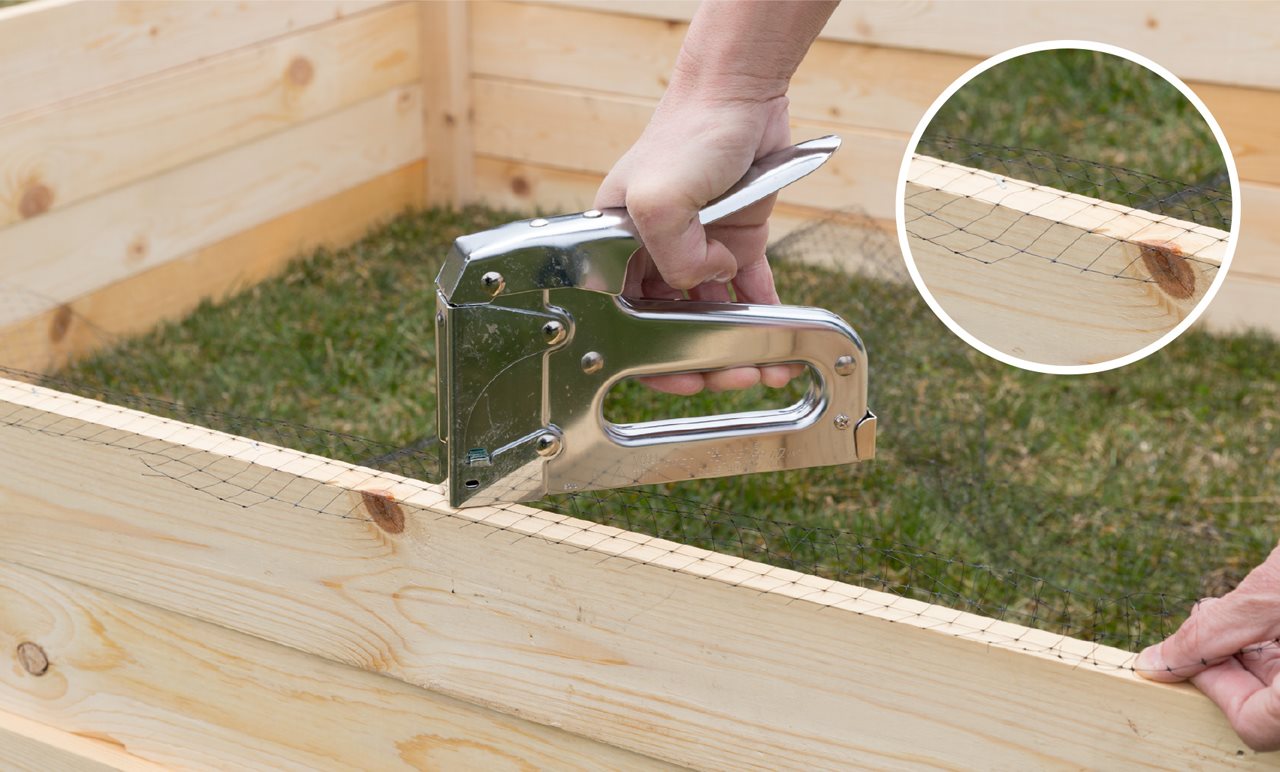
Place the garden bed on its side. Use the Arrow T50 Staple Gun and Arrow T50 504M1 1/4-inch staples to attach the 5-foot-by-5-foot mesh to the bottom of the bed. This mesh will allow earthworms to get in and help keep the weeds out. Use scissors to trim the excess mesh. The 504M1 staples are rustproof and rated for outdoor use.
5. Finishing the bed walls
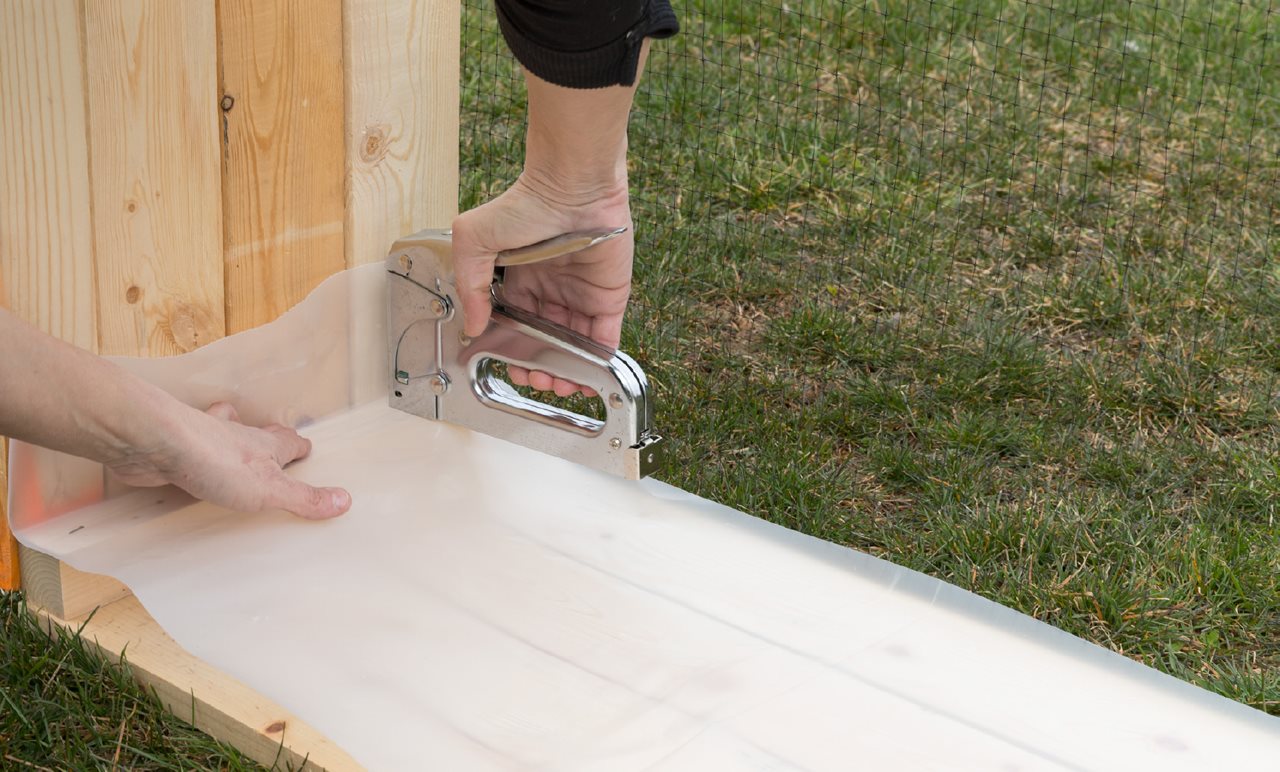
Next, staple the plastic to the inside of the bed walls. Raised garden beds last a little longer with this plastic in place.
6. Fortify the fence frames
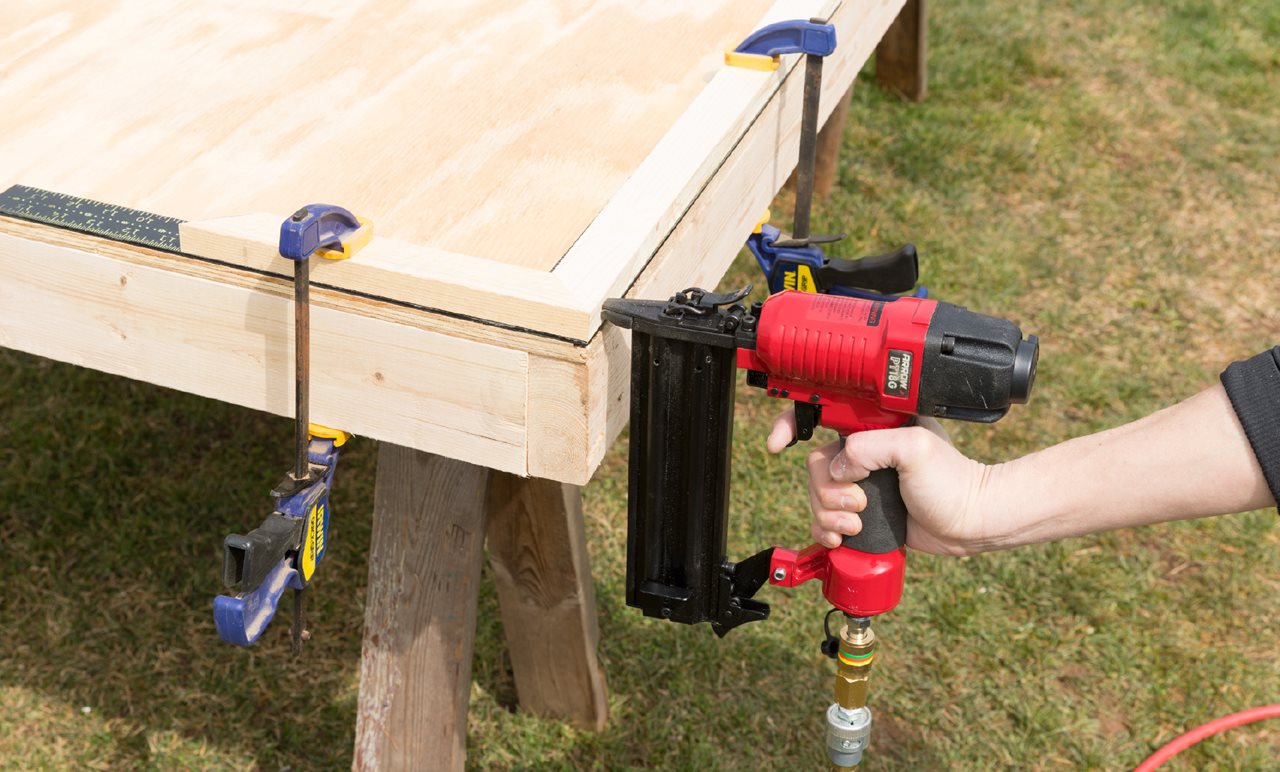
Now build the fence frames with the Arrow PT18G Pneumatic Brad Nailer and 2-inch Arrow Brad Nails. Use the clamps and the square in this step as pictured. When built, there should be two frames measuring 10 inches by 48 inches and two frames measuring 10 inches by 49 1/2 inches.
7. Add larger mesh sections
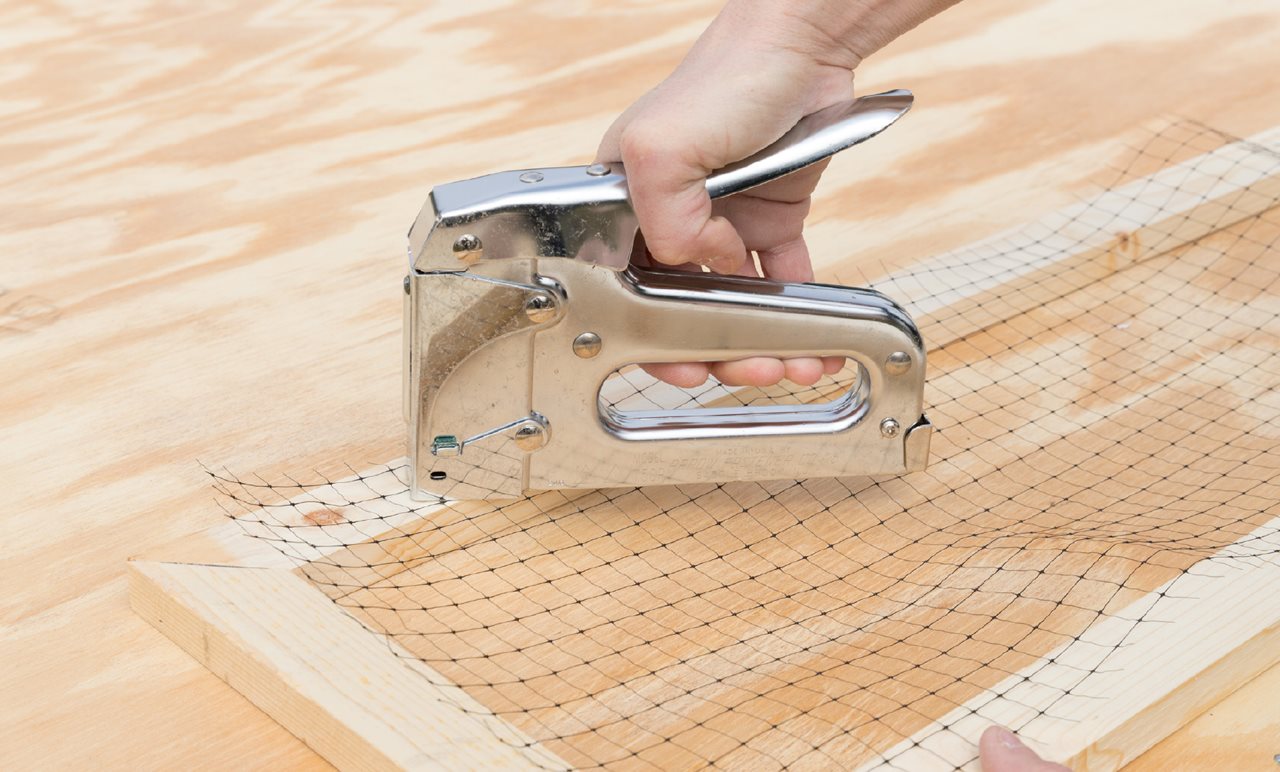
Next, attach a 12-inch-by-50-inch piece of mesh to one side of the frame with staples. Repeat this step three more times and trim any excess mesh with scissors.
8. Hook up the hinges
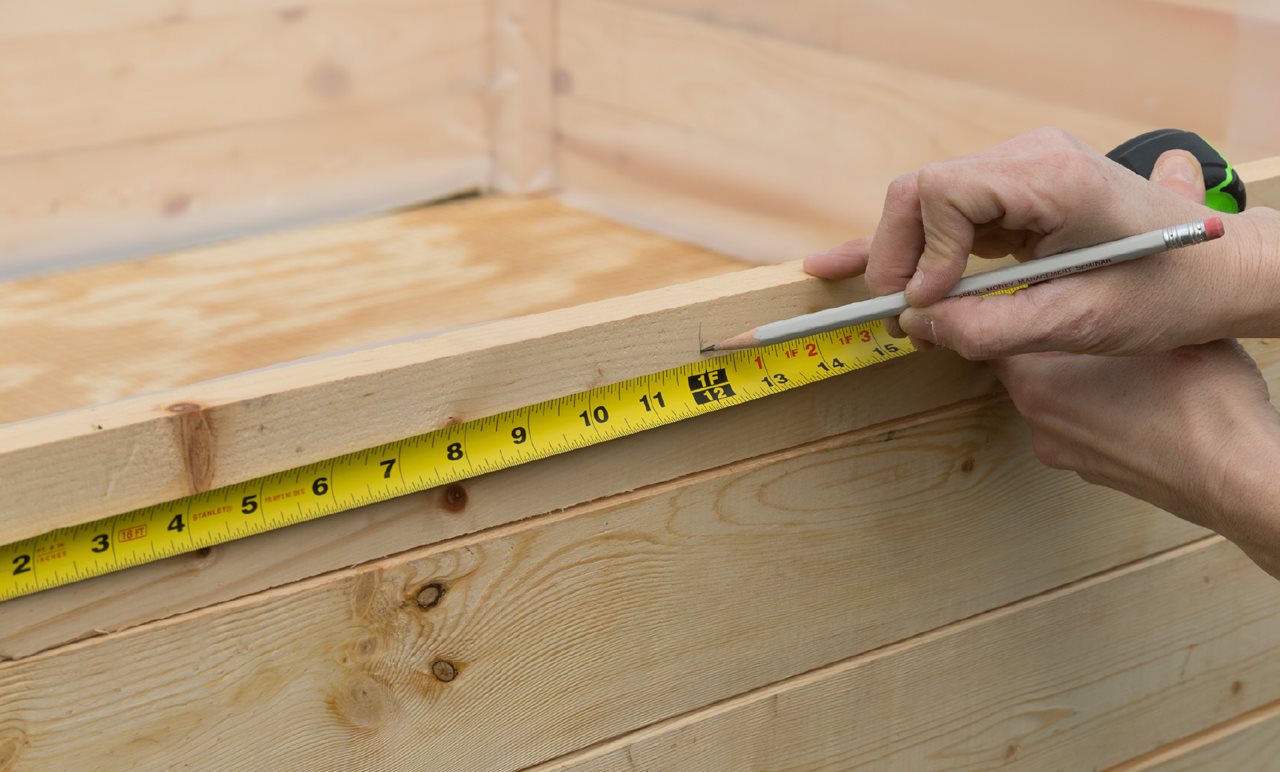
Place the raised garden bed on a table and measure each side of the bed at 12 inches for hinge placement. Secure the hinge with a drill, continuing on all four sides of the garden bed.
9. Finishing the frame
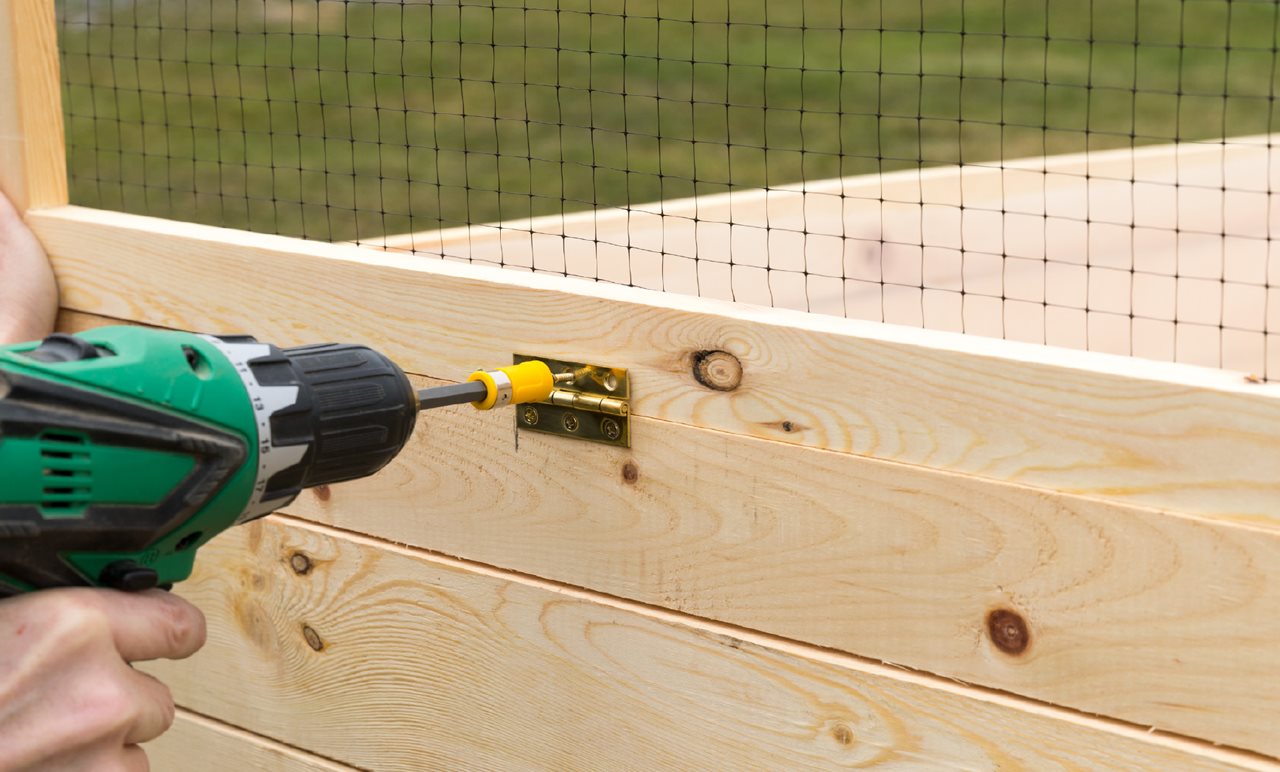
Set a smaller fence frame on the top of the garden bed and attach it to the hinge. Repeat this process on the opposite side of the garden bed as well. Take the longer fence frame and attach it to the hinge, continuing on the opposite side.
10. Linear latches
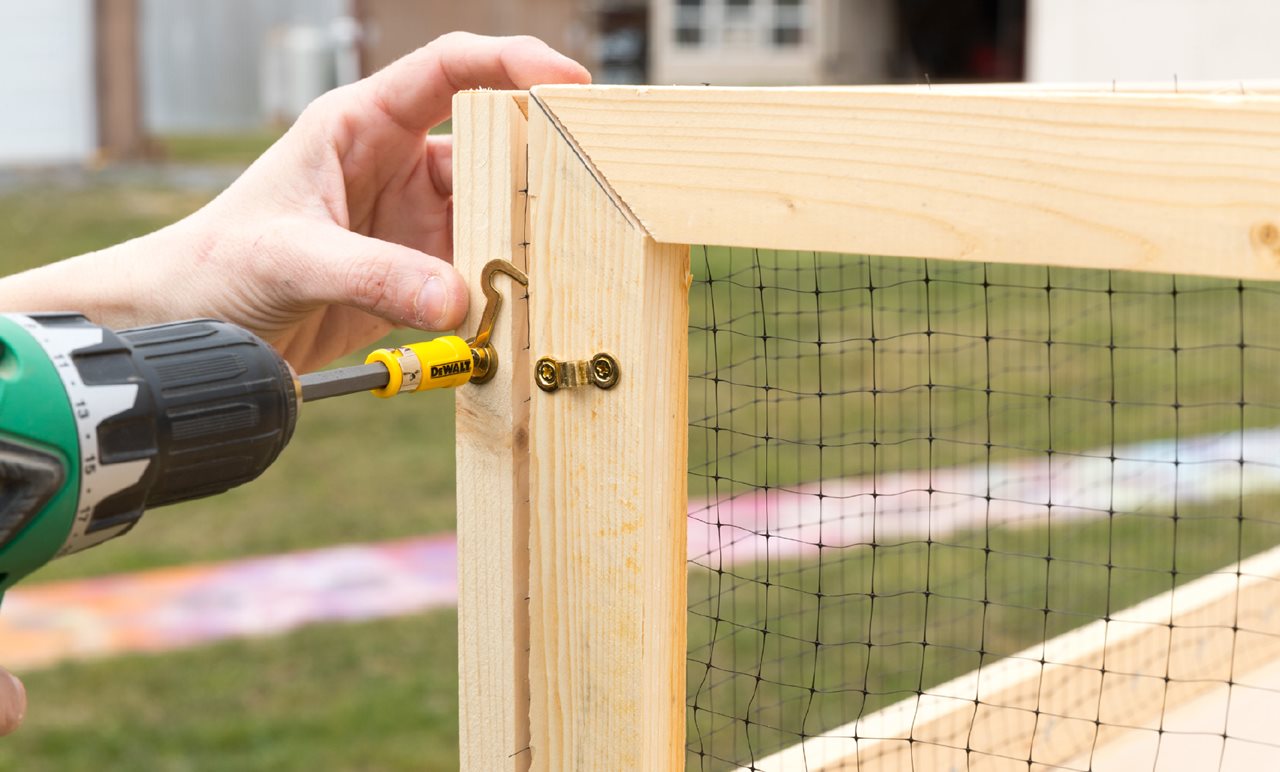
Line up the latches as pictured, attaching them with a drill, two on each side of the garden bed. These latches will allow you easy access to your plants.
11. Enjoy your new garden bed
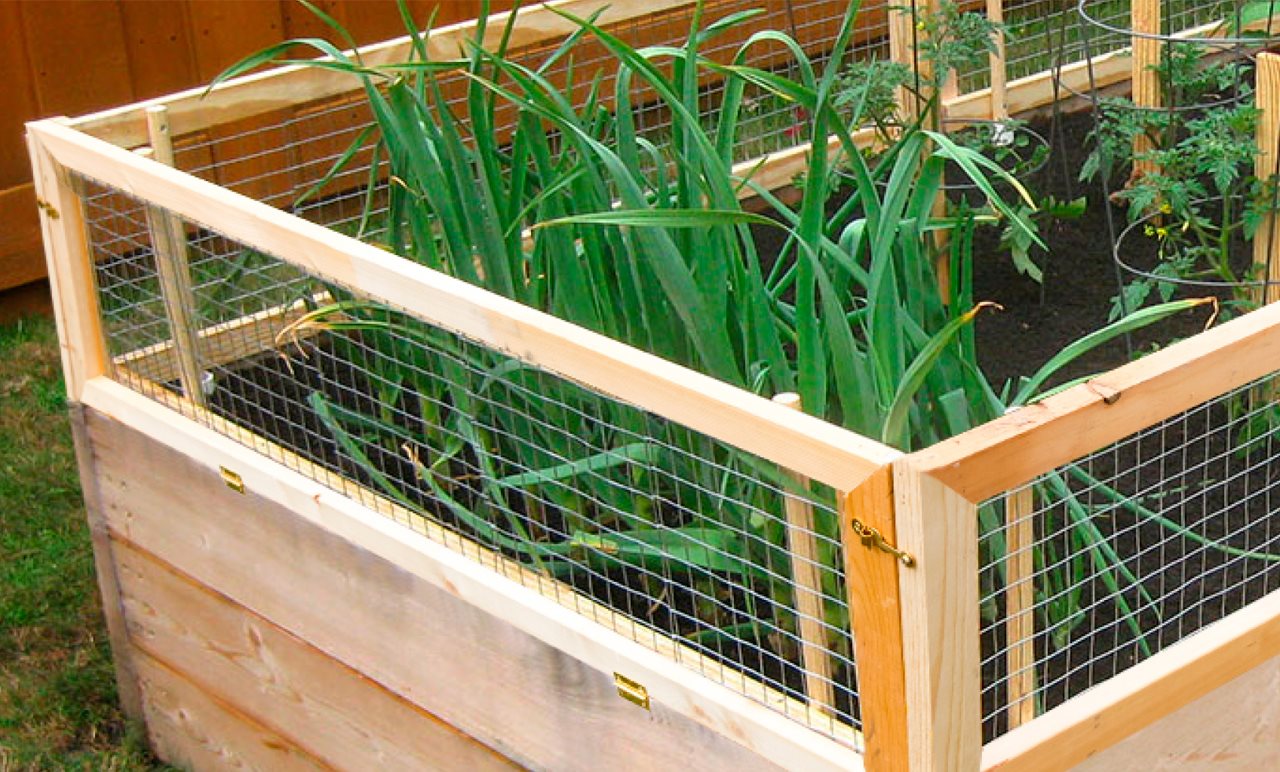
The garden bed is now ready to use. Fill with soil and plant your favorite flowers or vegetables.
